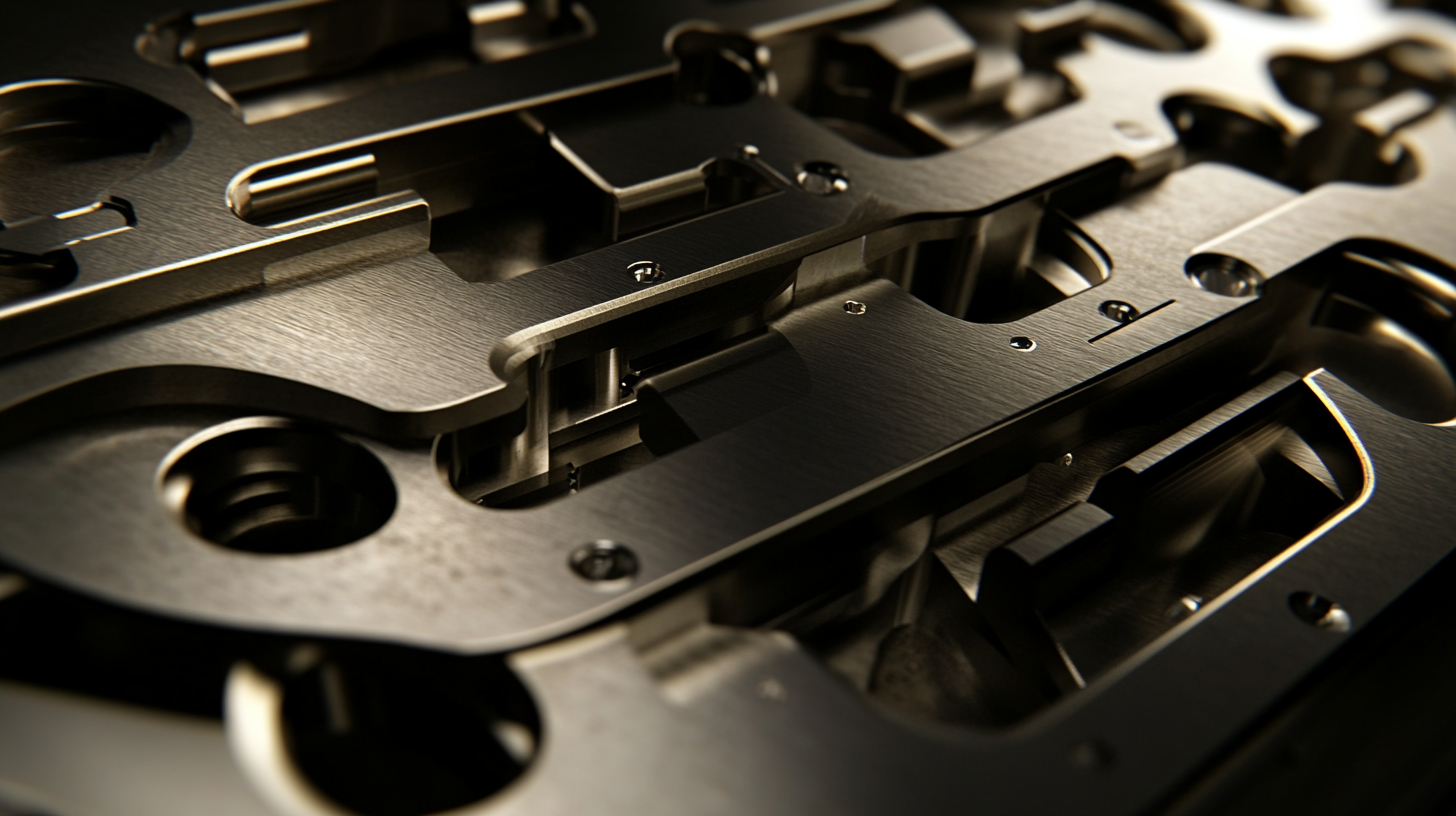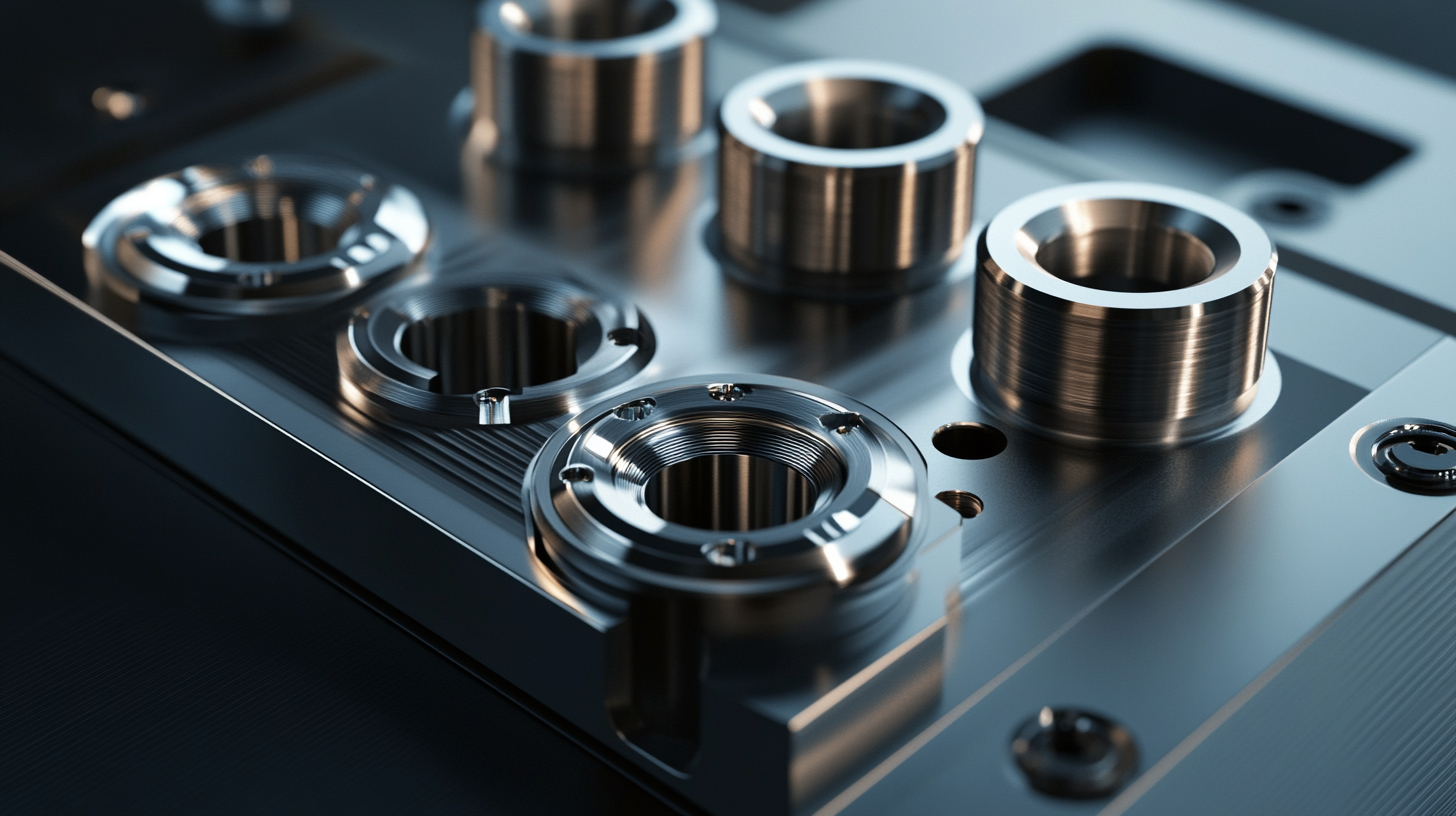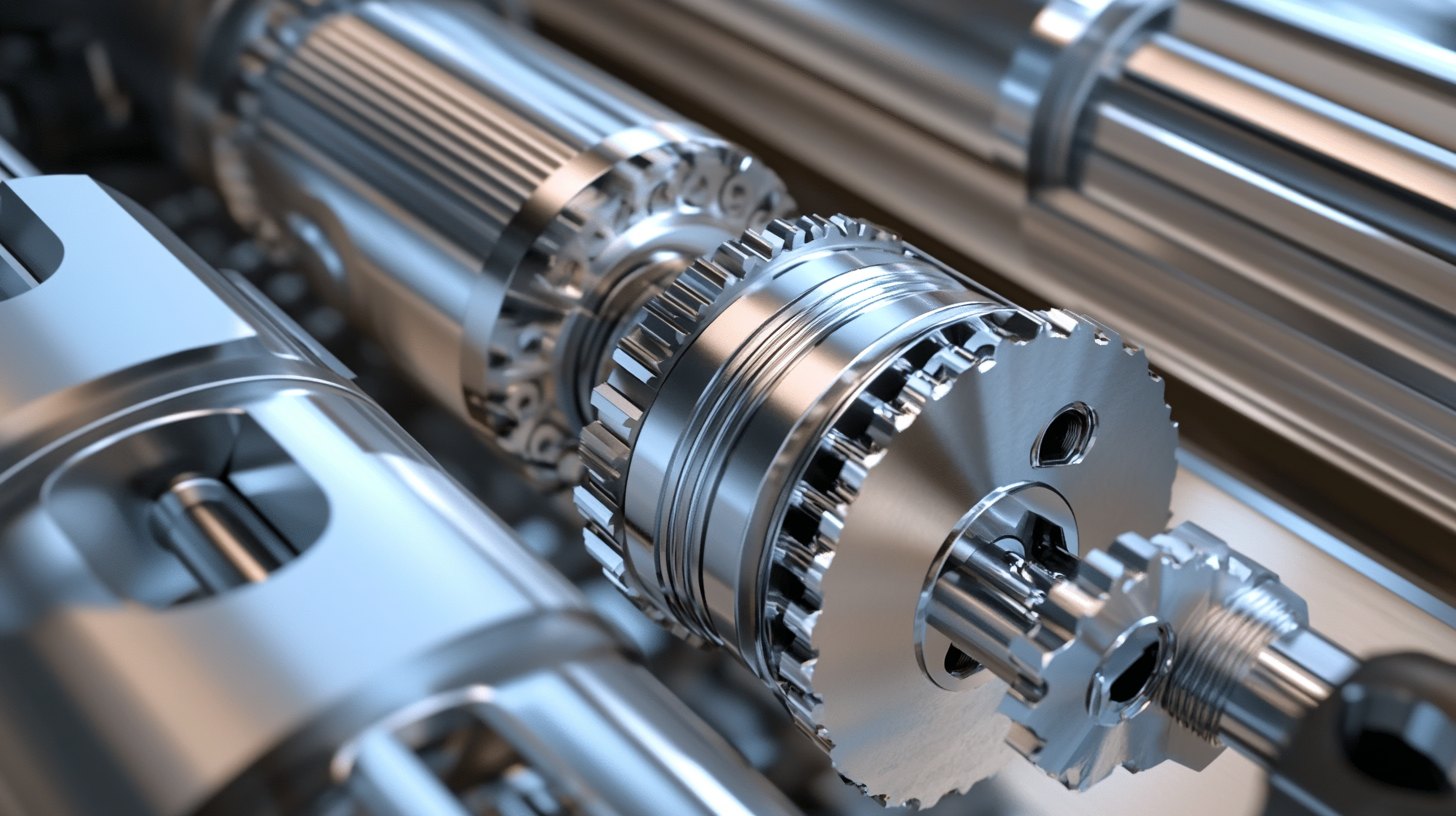
In the realm of precision engineering, the demand for intricate designs and high-quality production components has never been greater. One of the most effective ways to achieve these complex requirements is through the utilization of specialized cutting tools. Among these tools, the Internal Grooving Tool stands out as a pivotal instrument for enhancing machining capabilities. By allowing manufacturers to create precise grooves and profiles within a variety of materials, this tool not only improves efficiency but also contributes to the overall quality of the finished product.
The advantages of employing an Internal Grooving Tool extend beyond mere functionality. They encompass improved accuracy, reduced production time, and enhanced versatility in the machining process. As industries continuously seek to optimize production methods and meet stringent specifications, understanding the benefits and applications of internal grooving tools becomes imperative. This blog will explore the various advantages of these tools in precision engineering, shedding light on how they can elevate manufacturing processes and drive innovation in the field.

In precision engineering, the significance of tool stability cannot be overstated, particularly when using internal grooving tools. Enhanced tool stability is a crucial factor that directly influences the quality of the machined components. When a tool is stable during operation, it minimizes vibrations, which can otherwise lead to inaccuracies and affect the overall finish of the grooved surfaces. This stability allows for a more consistent cutting action, resulting in tighter tolerances and improved part quality. Moreover, the use of internally grooving tools that offer advanced stability can enhance tool life significantly. When the cutting tool maintains its position without unwanted movement, it experiences less wear over time. This durability means fewer tool changes are required, leading to reduced downtime and increased productivity. The longer a tool can operate effectively, the more cost-effective the machining process becomes, allowing manufacturers to produce higher volumes without sacrificing quality. Additionally, enhanced tool stability supports complex machining operations. As precision engineering often demands intricate designs and precise grooves, the right tools equipped with stability features ensure that these challenges can be met with confidence. Engineers can push the boundaries of design excellence, creating more sophisticated components while relying on consistent tool performance throughout the machining cycle. This evolution in tooling technology not only streamlines the production process but also elevates the standard of craftsmanship in precision engineering.

Internal grooving tools have significantly transformed precision engineering, particularly in achieving an enhanced surface finish, thanks to advanced insert designs. These tools are specifically engineered to optimize the grooving process, allowing for tighter tolerances and superior surface quality. The integration of innovative insert technologies, such as those utilizing tungsten carbide (WC) coatings, not only improves wear resistance but also contributes to a finer surface finish. The meticulous engineering behind these inserts ensures minimal vibration and chatter during the machining process, which are critical factors for maintaining surface integrity.
Moreover, surface roughness optimization becomes paramount when machining complex materials like EN 24 steel. The incorporation of response surface methodology provides a systematic approach to understanding the interaction between various milling parameters and their effect on surface quality. The use of WC-coated inserts in this context demonstrates a clear advantage, as these coatings facilitate smoother chip evacuation and reduce the adverse impact of chip formation on the surface finish. By addressing chip evacuation through the design of effective chip breakers, these tools help prevent the formation of continuous chips, thereby mitigating damage to the machined surface.
Ultimately, the effectiveness of internal grooving tools in delivering improved surface finishes is underscored by their advanced insert design. Whether the application involves hogging out significant amounts of material or achieving precise finishes, these tools are integral to maximizing productivity while ensuring the highest quality outcomes in precision engineering projects.

Internal grooving tools are essential instruments in precision engineering, renowned for their versatility in a wide range of applications. Their unique design allows them to create grooves in hard-to-reach places, making them indispensable for complex machining tasks. From automotive components to intricate parts in the aerospace industry, these tools can effectively work with various materials, including metals and plastics, adapting seamlessly to the requirements of different projects.
One significant advantage of internal grooving tools is their ability to produce precise and accurate cuts in confined spaces. This characteristic not only enhances the overall quality of the machined product but also minimizes the need for additional finishing processes. Additionally, these tools can be utilized for diverse operations, such as boring, turning, and threading, making them a valuable addition to any machining setup. By streamlining processes, manufacturers can improve productivity and reduce lead times, which is crucial in today’s competitive market.
Moreover, the versatility of internal grooving tools extends to their compatibility with various machining systems. Whether used in CNC machines or conventional lathes, these tools can be easily incorporated into existing workflows. This adaptability allows engineers to leverage their capabilities for multiple applications, from creating grooves for O-rings to forming slots for locking mechanisms. Ultimately, the versatility in applications makes internal grooving tools not just a practical choice, but a strategic one, as companies aim to achieve excellence in their precision engineering projects.

When it comes to precision engineering, the choice of tools significantly impacts both performance and financial sustainability. Internal grooving tools are particularly advantageous, not just for their unmatched precision, but also for their cost efficiency over the long term. As many manufacturers seek to optimize their operations, investing in these specialized tools can lead to substantial savings and improvements in production processes.
Cost efficiency is a crucial aspect to consider, especially in lengthy precision engineering projects. Internal grooving tools often reduce the need for multiple setups and equipment, allowing for streamlined operations. The convergence of advanced manufacturing technologies and labor skills is pressing, as the industry prepares for a significant capital influx projected to reach $130 trillion by 2027. By incorporating tools that promote efficiency and reduce operational costs, companies can better position themselves to leverage this expected investment surge.
Moreover, as precision engineering evolves amidst the rapid advancement of AI and digital technologies, adopting cost-effective machining solutions becomes more strategic. With the ongoing development of platforms that improve manufacturing processes, companies can unlock the full potential of their investments. Internal grooving tools, therefore, not only enhance precision but are also a vital consideration for businesses looking to thrive in an increasingly competitive landscape.
In the fast-paced realm of precision engineering, minimizing setup time and increasing machining productivity are vital to maintaining a competitive edge. Internal grooving tools play a crucial role in achieving these goals, as they are designed to operate efficiently in tight spaces, reducing the need for multiple setups. By utilizing advanced designs and materials, these tools can enhance process stability and minimize production disruptions, resulting in quicker turnarounds and improved overall productivity.
Recent advancements in technology, particularly artificial intelligence (AI), are further propelling efficiency in manufacturing. By integrating AI-driven predictive maintenance and adaptive control systems, companies can optimize their operational workflows. Research has shown that manufacturers employing such technologies can reduce cycle times by up to 70%, creating substantial time savings and enhancing tool life. This not only streamlines production but also contributes to a more adaptive and responsive manufacturing environment.
Furthermore, the implementation of digital twins allows manufacturers to execute process steps in parallel, transitioning from traditional linear approaches to more dynamic workflows. This technology aligns well with the use of internal grooving tools as it promotes real-time adjustments and improvements, thereby increasing machining productivity. As the industry continues to embrace these innovations, the combination of precision tools and advanced technologies will undoubtedly redefine efficiency standards within precision engineering.





